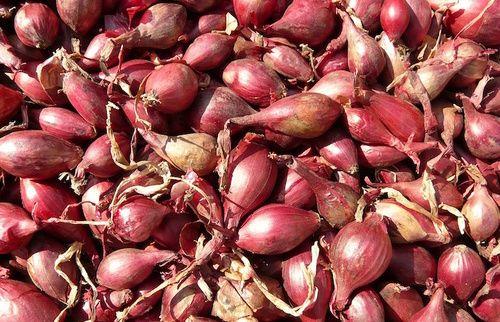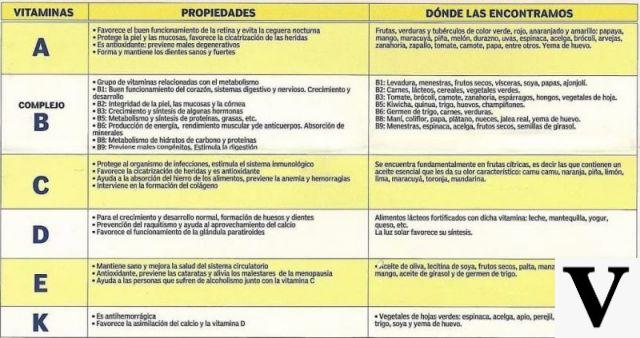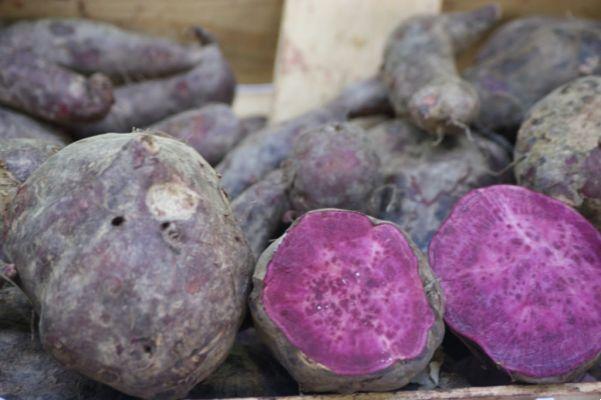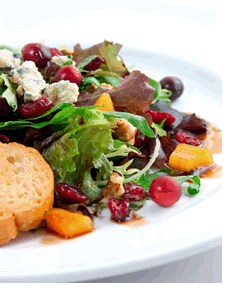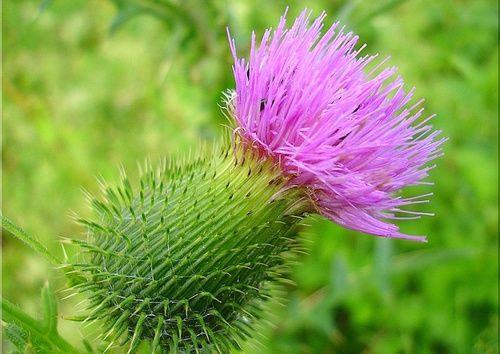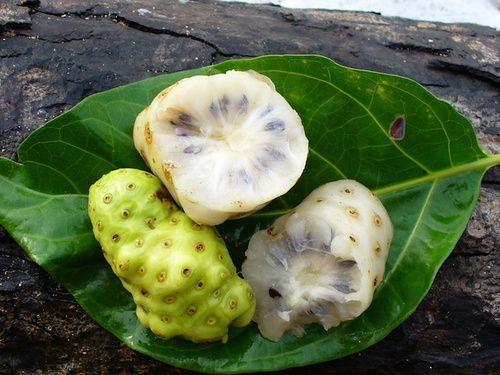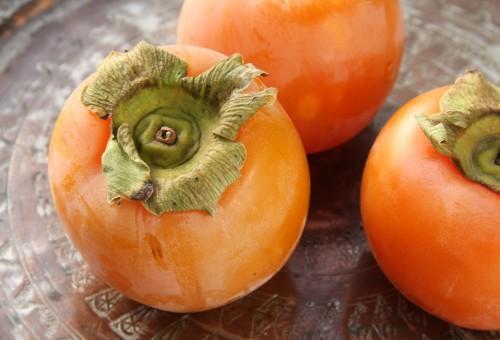
When you are talking about fruit of winter, the first thought goes to citrus fruits: tangerines, oranges, grapefruit and mandarins are the real protagonists of the cold season.
The fruit of winter: citrus fruits
Orange. Very rich in vitamin C, the oranges they increase the immune defenses against viruses and bacteria. They have good antioxidant action and are valid allies for the heart and colon. It is better to eat them in wedges than squeeze them, because half of the pectin contained in the orange is found in the white part that covers the wedges; it is preferable, therefore, not to be too precise in peeling them in order to ensure a good dose of pectin. Among the fruits of winter it is perhaps the most versatile, it is used for a thousand sweet and savory preparations and is also excellent in salads, seasoned only with salt and a tablespoon of olive oil.
Tangerine. Rich in vitamin C, folic acid and various minerals, mandarin is an excellent ally for the immune system, bones, heart and intestines. It is easily digested, rich in fiber and helps with prevention of colds. But be careful, among citrus fruits, mandarin is the richest in sugar and therefore the most caloric.
Grapefruit. Among the winter fruit it is certainly the least sweet, and therefore not everyone likes it, but it has many properties. Grapefruit stimulates digestion, accelerates transformation of fat into energy and helps reduce the level of insulin in the blood. It is rich in fiber, flavonoids and vitamins and is a valid ally for the liver, cardiovascular system and digestive system. According to some scientific studies, grapefruit would be able to increase or, on the contrary, inhibit the action of some drugs. Some flavoinidthe contents in these citrus fruits perform, in fact, a double activity: on the one hand they reduce the coenzymes used for the metabolization of drugs in the intestine, on the other hand, on the other hand, they inhibit the action of the enzyme OATP1A2 which is fundamental for the metabolization of medicines.
Try making smoothies with winter fruit
Other winter fruits: kiwis, apples, pears
Kiwi. Among the fruits of winter, kiwifruit is the richest in vitamin C. It contains more than an orange. It also has a good share of vitamin E and iron. This fruit is an excellent ally for bones, heart, legs and intestines.
Mele. There is not just one apple, there are many varieties and they help us to vary the colors and flavors of the winter table. Apples are very rich in pectin, a dietary fiber that regulates the passage of glucose from the intestine to the blood and thus contributes to maintaining below against the blood sugar level. Apples are also a good source of vitamin C, quercetin (a flavonoid), fiber, nitrogen and fluoride.
Pere. There are also many different types of pears, some varieties are found mainly in early autumn, others ripen in winter. In general, pears are rich in calcium, boron and fiber. Most of the However, fiber is found in the peel of pears, they should therefore be eaten without being peeled, obviously after having washed them very well. Pears, like apples, contain a good amount of pectin.
Find out how to make preserves with winter fruit
To learn more:
> The calories of pears
> The seasonal fruit of the month of February
> All fruit available in March
> The seasonal fruit of the month of January
| Petr Kratochvil








